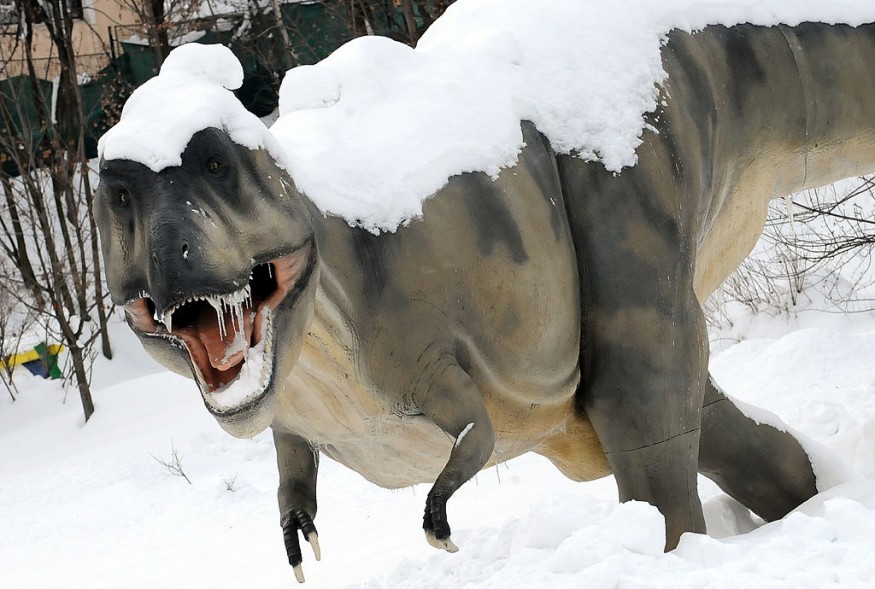Dinosaurs first appeared as a small group of species in the polar regions during the Triassic period when the Earth was generally hot and steamy with high levels of carbon dioxide filling the atmosphere.
A new study reveals that early dinosaurs were able to survive one extinction and became the dominant species due to their ability to survive in frosty conditions. They outsurvived other species living alongside them during that extinction, where they became dominant in the preceding periods.

Surviving the Triassic-Jurassic Extinction
The Triassic period ended with the Triassic-Jurassic Extinction that killed an estimated 75% of terrestrial species on the planet. Scientists believe that the series of massive volcanic eruptions that lasted for hundreds of years may have caused the already high carbon dioxide levels in the atmosphere to rise substantially that spiked temperatures and made oceans too acidic for any life to survive.
Researchers found physical evidence of Triassic dinosaur species when te still a minor group relegated to polar regions and had to endure freezing conditions.
Authors explained that volcanic eruptions would have belched sulfur aerosols that deflected sunlight and caused global winter that overpowered greenhouse gas. They found footprints left by sediments in shallow ancient lakes that are only possible with freezing temperatures, confirming their hypothesis that early dinosaurs learned to survive in chilly temperatures.
The authors of the new study explain that cold snaps have been happening at the poles during the extinction, killing cold-blooded reptiles. But surprisingly, dinosaurs adapted to survive the evolutionary bottleneck and spread out.
Lead author Paul Olsen, a geologist at Lamont-Doherty Earth Observatory at Columbia University, said it demonstrated the key to dinosaur dominance. They were cold-adapted animals that survived when others got cold and died during the extinction.
Feathers and High Metabolism Helped Early Dinosaurs Survive
The team pointed to evidence that early dinosaurs had feathers that they may have used for insulation, The Jerusalem Post reported. Also, they found that dinosaurs may have been warm-blooded and had high metabolism systems that helped them survive the chilly conditions.
Study co-author Dennis Kent, a geologist at Lamont-Doherty said that severe winter during volcanic eruptions may have brought freezing temperatures in the tropics where the first cases of extinctions happened. Meanwhile, fine-feathered dinosaurs acclimated to colder temperatures in higher altitudes were not so affected.
Olsen added that the next step for them is to understand the Triaddic period better and conduct more research to look for fossils in the area that used to be in the poles. He pointed out that the rocks they found are gray and black and expects that it is harder to find prospect fossils in these strata. More paleontologists are attracted to studying the late Jurassic period, where they will find big skeletons of dinosaurs, while the paleo-Arctic is basically ignored.
Researchers discussed their findings in full in their study, titled "Arctic Ice and the Ecological Rise of the Dinosaurs," published this month in Science Advances.
RELATED ARTICLE : Dinosaurs Left Their Footprints in a Scorched Earth and That Had Stages of Death and Rebirth in the Jurassic Epoch
Check out more news and information on Extinction in Science Times.










